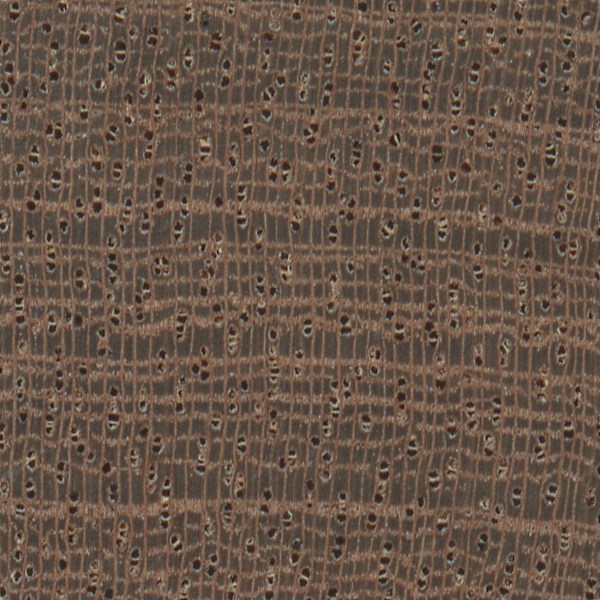Spray Paint for Outdoor Furniture
Nothing lasts forever on wood outside. But here's advice on what ingredients to look for in a durable spray paint. July 3, 2008
Question
I'm building Adirondack chairs from "new growth" cypress and am dealing with outdoor finishing problems. They have to be solid color (paint). I've brushed, rolled, and sprayed (HVLP and airless) different test chairs with latex house paint (with or without primer), semi-solid stains, solid color stains (Cabot), etc. I'm worried about longevity since these will be a local retail item.
Then I got a crazy idea and got a few cans of spray paint (Krylon). Besides, they have pictures of Adirondack chairs on their label! One light coat on 120 grit sanded bare wood, quick scuff with 220 grit, finished with a solid coat of spray paint. Chairs have been out in the sun and rain for a few days, and the spray paint looks great - water beads up, paint doesn't scratch off when wet, and the wood seems more sealed up than the latex. I would obviously use quart or gallon size for production and probably HVLP (or airless), spraying all parts before assembly, so that all sides are sealed.
Has anyone tried this and witnessed how the paint holds up after 3-5 years? Quick dry (can handle in 10 minutes), recoat anytime, enamel finish, and easy customer touch up all seem like good points for production runs (picture 14 chairs with 23 parts each, once a week, one man).
I'm also looking at Sikkens Rubbol after doing the site search here, but just wondering what the pitfall is with spray paint.
Forum Responses
(Finishing Forum)
From contributor C:
The acrylate paraloid b-66 is the resin in Krylon clears. It will hold up as good as other acrylates, but does not have HALS in it, so delignification - breakdown of the wood itself - will become evident in 3 to 5 years if not sooner. It's always hard to know for sure because the environment changes so much. Nothing you buy or use in a clear is going to be real long term in exterior conditions, but use one that has HALS in it and you will get a much better service life than ones that don't.
From the original questioner:
The spray paint I used was a dark blue satin, so I don't know if the ingredients are the same as in clear. And speaking of environment - try north Florida - hot, humid, and hotter!
From contributor C:
Yes, there is a difference with pigmented finish, but it does still contain the b-66 with pigments. There is no real need for HALS in a pigment system but it still needs UV absorbers such as Ciba's Tinuvin series for acylates. To use these you will have to buy bulk and add yourself unless Krylon is willing to do it for you - doubtful. In your climate expect 5 to 7 years before it looks bad. If the other you mentioned is pigmented also, you may try that, but I'd find out if it's acrylic and has UV inhibitors added also. If it's meant for outdoor exposure, it should, but you never know.
From contributor C:
Check with Krylon also. I have not used their cans for some time now. They may have UVs in there already - so make sure, if you can. If they now have HALS also, that's even better. HALS are radical scavengers which keep the film from premature oxidation by the sun/UV degradation.
From the original questioner:
Thanks. I'm probably going to look into Rustoleum if I go this route. They have satin in quart and maybe gallons. I'll look into the UV inhibitors. Still feel weird about using spray paint, but maybe I'll get over it.
From contributor J:
Does Sikkens clear finishes have HALS in it? How can I tell? I often see this brand recommended as a top choice for exterior wood finish. As you stated, all the clears have a short life. Sikkens appeals to me because of its reported ability to be successfully refinished. Thoughts?
From contributor C:
I do not know the makeup of Sikkens products, but if it's rated for outdoor exposure, I would presume that it contains at least a UV inhibitor. Whether it also contains a light stabilizer I cannot say. I would go to their site and find the product I wanted to possibly use and ask about the UVs used in the product so I could make an educated decision.
From contributor P:
Use Sikkens Rubbol dek. It is the only solid in my opinion that will hold up. Can get almost any color you want. It works for New England decks - it will work for your chairs!
